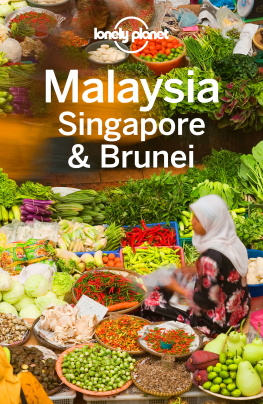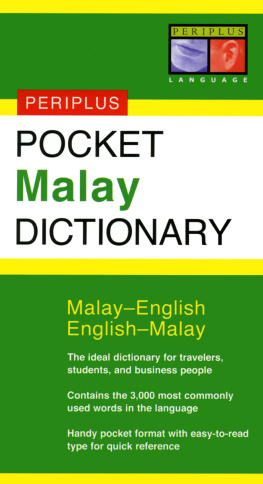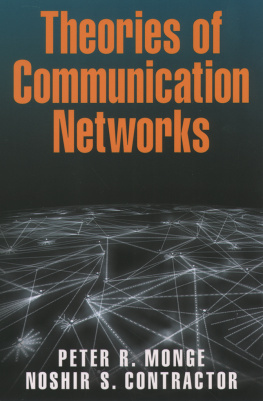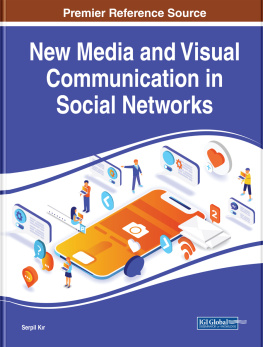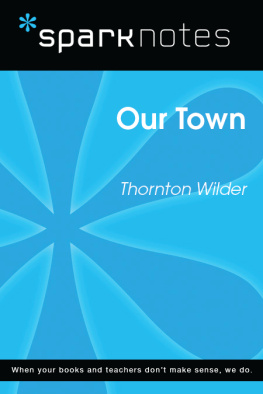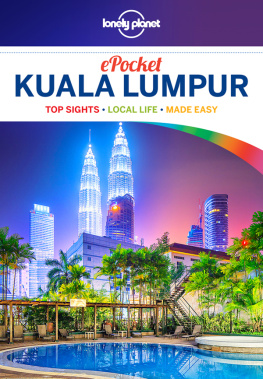LONDON SCHOOL OF ECONOMICS MONOGRAPHS ON SOCIAL ANTHROPOLOGY
Managing Editor: Charles Stafford
The Monographs on Social Anthropology were established in 1940 and aim to publish results of modem anthropological research of primary interest to specialists.
The continuation of the series was made possible by a grant in aid from the Wenner-Gren Foundation for Anthropological Research, and more recently by a further grant from the Governors of the London School of Economics and Political Science. Income from sales is returned to a revolving fund to assist further publications.
The Monographs are under the direction of an Editorial Board associated with the Department of Anthropology of the London School of Economics and Political Science.
First published 2005 by Berg Publishers
Published 2020 by Routledge
2 Park Square, Milton Park, Abingdon, Oxon OX14 4RN
605 Third Avenue, New York, NY 10017
Routledge is an imprint of the Taylor & Francis Group, an informa business
William D. Wilder 2005
All rights reserved. No part of this book may be reprinted or reproduced or utilised in any form or by any electronic, mechanical, or other means, now known or hereafter invented, including photocopying and recording, or in any information storage or retrieval system, without permission in writing from the publishers.
Notice:
Product or corporate names may be trademarks or registered trademarks, and are used only for identification and explanation without intent to infringe.
ISBN 13: 978-1-8452-0477-8 (hbk)
DEDICATION
This book is for My Parents and The People of Kampung Kuala Bera
'In life and in literature mere sincerity is not sufficient, and in both realms the greater the capacity the longer the awkward age.'
Thornton Wilder, Foreword to The Angel that Troubled the Waters and Other Plays (London: Longmans, 1928), v.
'Why should this interesting part of the world be left to slumber in ignorance, while the wilder shores of Africa and the more distant isles of the South Seas invite the attention of the philanthropist?'
Thomas Stamford Raffles, from a letter written at Bencoolen 1819 to William Wilberforce in London, quoted in Maurice Collis Raffles (London: Faber & Faber, 1966), 164.
Introduction
I
RATIONALE
This is a study of communication in a broad sense: in it, I analyse the pattern of a small segment of modern Malaysian society in terms of its communications networks. I treat, as far as possible, the whole range of the message-facilities of a Malay peasant village. I argue that since social organization depends on a regular flow of messages between members of the constituent groups in society, and since message-facilities in society are bound to be many and varied, it is necessary to examine the whole broad spectrum of communications systems in order to arrive at something like a concrete and comprehensive knowledge of the social structure.
The point of view I am advocating was neatly summed up many years ago by Charles Cooley: he wrote that the analysis of communication offers us a singular advantage 'because it gives a tangible framework for our ideas'. He states:
Thus the system of communication is a tool, a progressive invention, whose improvements react upon mankind and alter the life of every individual and institution. A study of these improvements is one of the best ways by which to approach an understanding of the mental and social changes that are bound up with them ...
In other words, communication concepts are equally amenable to the immediate observed data and to the most abstract propositions. More recently, social anthropologists have put forward proposals for a communications perspective on similar grounds.
I try to explain my approach as the argument progresses. It will be for the reader to judge if, having advanced my rather extravagant claims, I am really able to substantiate them!
The chapters below are arranged according to the scale of the social grouping.. The list shown in the table is just the type of 'tangible framework' referred to by Cooley. A quick run-through of the analysis will help to explain the logic of it.
After an initial expos of cultural content ( deal with the role of intermediaries as message-channels, figures such as entrepreneurs, officials and semi-officials whose calling takes them in a variety of ways outside the village and who link the village with the nation. While such distant ties are still person-to-person links, they are only made possible by impersonal 'rational' systems such as writing, education, and the bureaucratic process.
In this logical framework I hope to show how the communications devices are located in relation to each other and how they relate to their users, the members of the community served by them. On a higher level of abstraction, it will be possible to draw together in a single universe of concepts the many, apparently disparate, forms of social communication.
Plan of this book
| Chapter number and title | Communications subject-matter or discipline | Representative sources |
| 2 HISTORY | Message-content; symbol-formation; cosmology | Malay-language dictionaries; Malay classical literature; general ethnography |
| 3 RESIDENCE | Face-to-face interaction; proxemics (territorial organization); socialization | Parsons & Bales 1956
Goody 1958 |
| 4 MARRIAGE | Social exchange; marriage alliance | Lvi-Strauss 1969 |
| 5 KINSHIP | Structural linguistics | Leach 1971
Conklin 1964 |
| 6 SPEAKING | Sociolinguistics | Gumperz & Hymes 1972 |
| 7 MASS MEDIA | Mass media | McLuhan 1964 |
| 8 EXTERNAL NETWORKS | Social networks | Boissevain & Mitchell 1973 |
| 9 ADMINISTRATION AND DEVELOPMENT | Cybernetics; systems theory; leadership | Bateson 1972
Wiener 1954 |
| 10 ASSOCIATIONS | Voluntary organizations; literacy; ideology | Geertz 1960 |
Note:
Full titles will be found under authors' names in the List of Works Cited.
II
FIELDWORK
The materials for this study were collected in Kampung Kuala Bera, in Pahang State, from October 1964 to February 1966 and from July to September 1976. The fieldwork of 1964-66 was carried out with the support of the London Committee of the London-Cornell Project for East and Southeast Asian Studies, a project financed jointly by the Carnegie Corporation of New York and the Nuffield Foundation of Great Britain. My visit to Kampung Kuala Bera in JulySeptember 1976 was aided by a travel grant from the Centre of Middle Eastern and Islamic Studies, University of Durham. These bodies also supported departmental and library consultations in Malaysia and the USA. I am grateful to both of them. I owe many other debts to friends and colleagues in Malaysia and elsewhere; I thank them all. My critics too have never been less than kind. In the present study I have tried to take account of the comments offered by Dr H. S. Morris, Professor P. E. de Josselin de Jong, and Professor Sir Raymond Firth; where I have not met their strictures the fault is mine.


